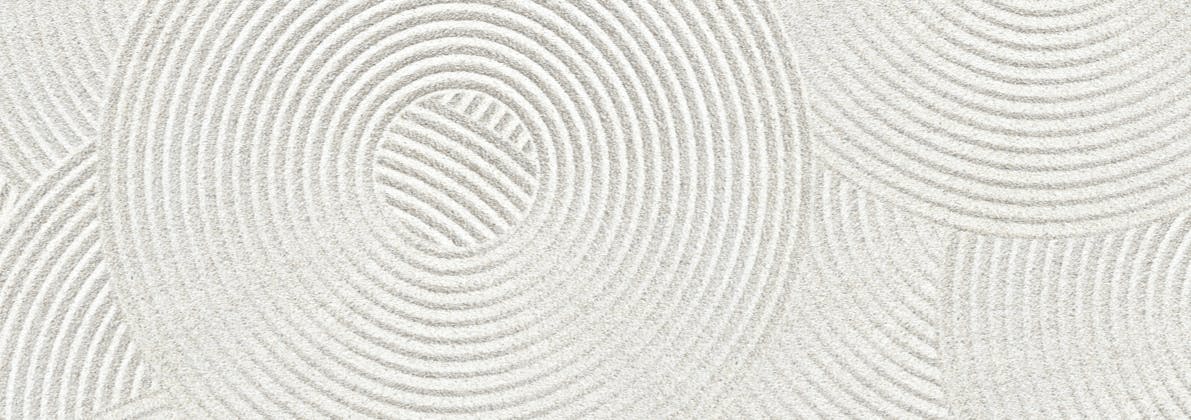In the world of facial plastic surgery, rhinoplasty and septoplasty are two procedures often mentioned together. While they target the same anatomical feature – the nose – their purposes, outcomes, and patient expectations can differ significantly. However, when combined, these procedures can provide not only aesthetic enhancements but also functional improvements, offering patients a comprehensive solution to both cosmetic and health-related nasal issues. This blog post will delve into the specifics of combining rhinoplasty with septoplasty, discussing the benefits, the process, recovery, and what patients can expect from this dual approach.
Understanding Rhinoplasty and Septoplasty
Before we dive into the combined procedure, it’s essential to distinguish between rhinoplasty and septoplasty.
Rhinoplasty, commonly referred to as a "nose job," is a cosmetic procedure aimed at altering the shape, size, or proportions of the nose to enhance facial harmony and, in some cases, correct congenital defects or injuries. This surgery can modify various parts of the nose, including the bridge, tip, nostrils, and overall profile.
Septoplasty, on the other hand, is a corrective surgical procedure focused on straightening the nasal septum – the partition between the two nasal cavities. Deviations in the septum, known as septal deviations, can cause breathing difficulties, chronic sinusitis, and other respiratory problems. Septoplasty aims to improve the nasal airway, facilitating better breathing and overall nasal function.
Combining Rhinoplasty and Septoplasty: A Dual Approach
The decision to combine rhinoplasty and septoplasty into a single surgery, often referred to as "septorhinoplasty," is usually driven by both aesthetic and functional concerns. Patients who are unhappy with the appearance of their nose and also suffer from breathing issues related to septal deviation are ideal candidates for this combined procedure.
Benefits of Combining the Procedures
- Comprehensive Improvement: Combining rhinoplasty and septoplasty addresses both cosmetic and functional issues in one surgery, providing significant improvements in the appearance and performance of the nose.
- Cost-Effective: Undergoing both procedures at the same time can be more cost-effective than having them separately, as it reduces the total cost of anesthesia, facility fees, and time off from work or other activities.
- Single Recovery Period: Patients can recover from both procedures simultaneously, minimizing the total downtime compared to undergoing two separate recoveries.
- Harmonized Results: Performing rhinoplasty and septoplasty together allows the surgeon to ensure that the functional corrections do not compromise the nose's appearance and vice versa.
The Surgical Process
The combined procedure typically follows these steps:
- Consultation: A thorough consultation with a board-certified plastic surgeon who specializes in facial procedures is crucial. The surgeon will evaluate the patient's nasal structure, discuss aesthetic goals, assess breathing issues, and develop a personalized surgical plan.
- Anesthesia: Septorhinoplasty is usually performed under general anesthesia to ensure the patient's comfort and safety throughout the surgery.
- The Surgery: The surgeon will make incisions (either inside the nostrils or across the columella, the tissue between the nostrils) to access the bone and cartilage. They will then correct the septal deviation, reshape the nasal structure, remove excess tissue, and refine the nose's shape and size to meet the patient's aesthetic goals.
- Closing the Incisions: Once the reshaping and restructuring are complete, the surgeon will close the incisions with sutures and apply a splint to support and protect the new nasal structure.
- Recovery: The patient will be monitored in a recovery area and can typically go home the same day, once the effects of anesthesia wear off.
Recovery and Aftercare
The recovery process is crucial for the success of septorhinoplasty. Patients can expect swelling, bruising, and discomfort, especially in the first week following surgery. It’s essential to follow the surgeon’s aftercare instructions carefully, which may include:
- Keeping the head elevated to reduce swelling.
- Applying cold compresses to minimize bruising and discomfort.
- Avoiding strenuous activities, blowing the nose, or wearing glasses directly on the bridge of the nose during the initial recovery period.
- Attending follow-up appointments to monitor the healing process and remove splints or sutures.
Recovery times can vary, but most patients can return to work and normal activities within two weeks, with more strenuous activities resumed after four to six weeks.
Risks and Considerations
As with any surgical procedure, combining rhinoplasty and septoplasty carries risks, including infection, bleeding, scarring, and dissatisfaction with cosmetic results. There is also the risk of reduced or altered nasal function. However, selecting an experienced, board-certified surgeon can significantly minimize these risks.
Conclusion
Combining rhinoplasty and septoplasty offers a unique opportunity to enhance the nose's appearance and improve respiratory function simultaneously. This dual approach can lead to significant improvements in quality of life, self-esteem, and overall facial harmony. However, it's essential for patients to have realistic expectations, thoroughly discuss their goals with their surgeon, and adhere to pre-and post-operative instructions to ensure the best possible outcomes.
For those considering this combined procedure, it’s crucial to weigh the benefits against the risks and take the time to find a skilled surgeon with whom they feel comfortable. With the right preparation and care, septorhinoplasty can provide life-changing results for the right candidates.


